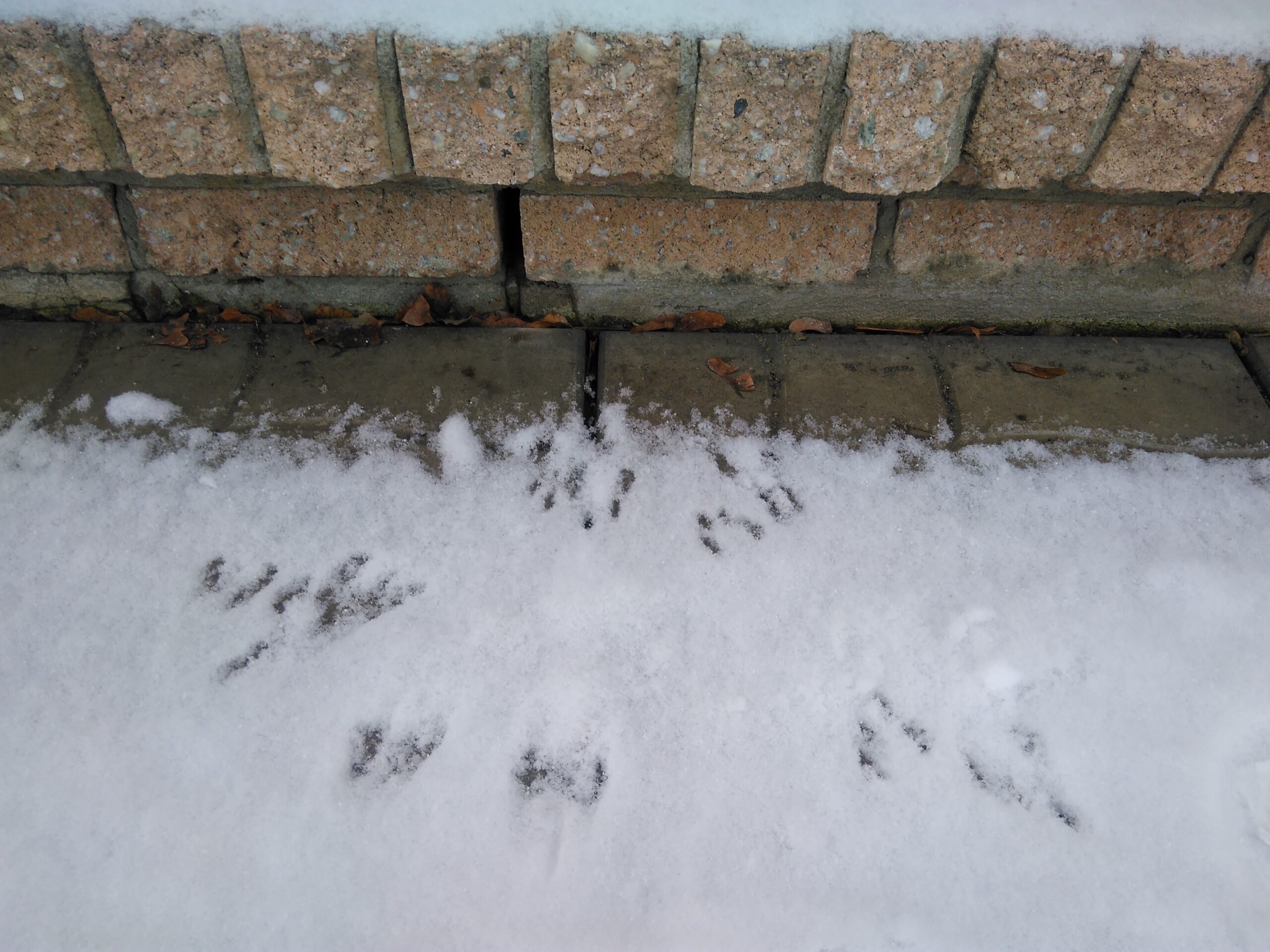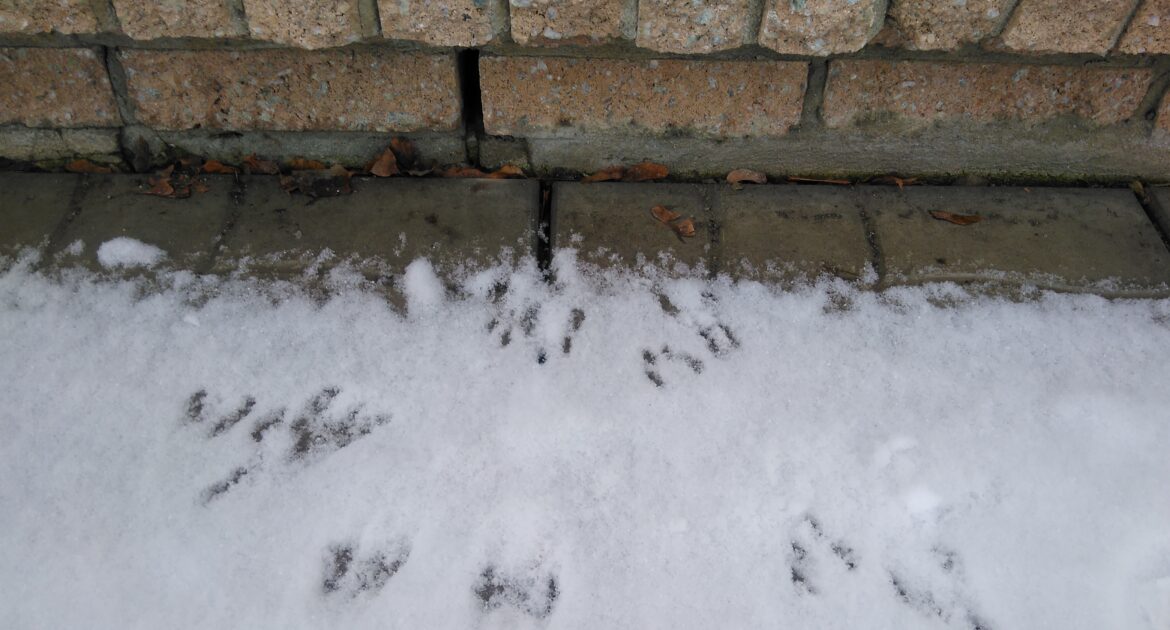Though mice are small, their presence in your home can be a big problem. Professional mice removal can help avoid significant property damage. Part of the reason why mice can be so destructive is that they are very well adapted to survive under almost any circumstances. Their paws alone have adapted to help them thrive in the environment of your home.
Mouse paws are so tiny that you may never be able to get a good look at them. You certainly should not try handling a wild mouse to sneak a peek at its feet. Nevertheless, you can still learn about mice’s paws and what is unique about them. Here are a few fascinating facts.
1. Mice Have a Different Number of Toes on the Front and Back Feet
A mouse’s back paws are similar to human feet in that each has five toes. On the front paws, however, they only have four toes. The extra toe on the back feet helps to give them more stability when they are walking or running, more power when they are jumping, and a better grip when they are climbing. It also helps them to move backwards quickly to retreat from danger, even if they are poking their heads out of a narrow tunnel and there is not enough room to turn around.
While mice run around on all four feet, their front feet are primarily used to hold food while they are eating. To see a small animal sitting up and holding its food in its hands while nibbling away can be disarmingly cute. Nevertheless, mice are still wild animals that can carry dangerous diseases, and if you see one in your home, chances are there are hundreds more behind the walls.
All of a mouse’s paws are very dextrous, regardless of the number of toes. This helps the mouse to be able to climb with agility.
2. Mice Do Not Have Opposable Thumbs
Hold up one of your hands with the palm facing towards you. Touch the tip of one of your fingers with your thumb. This motion is called opposition, and the fact that humans have opposable thumbs allows us to use tools and grip things.
Mice do not have opposable thumbs, a fact that makes their ability to grip small objects between their two front paws, each with four toes, even more remarkable.
3. Mice Have Sharp Claws, but They Aren’t Necessarily for Self-Defense
A mouse has a claw at the end of each of its toes. The claws are short, maybe a millimeter long at most, but they are very sharp. The sharp claws are part of the reason why mice can grip things securely between their two front paws and are such agile climbers.
Mice can also use their sharp claws in self-defense, but they usually don’t. As prey animals, mice would generally prefer to run away from danger than try to fight, which they will do only when they are cornered.
It is never advisable to try to handle a mouse. It will probably feel threatened and try to fight back by any available means, including by biting and scratching. Though a mouse’s claws are short, they are sharp, and there is a chance that their scratches could break the surface of the skin. This could expose you to pathogens from the mouse’s urine that could make you sick.
If you maintain a respectful distance from any mice that you see in your home, you are unlikely to receive any scratches from their claws.
Contact Skedaddle for Professional Mice Removal
Mice are not malicious creatures. They do not set out to cause destruction; they are just acting instinctively in the interest of survival. Nevertheless, they can cause health and safety hazards by their presence that you cannot ignore. The solution is to call Skedaddle for humane wildlife control in Waukesha.




